
Andrew Lee, MD, and Elizabeth Fortin, MD, briefly discuss whether all patients with NAION should receive a sleep study.

Andrew Lee, MD, and Elizabeth Fortin, MD, briefly discuss whether all patients with NAION should receive a sleep study.
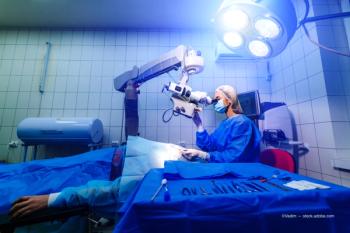
Cynthia Matossian, MD, shares her thoughts on the premium patient "experience" or "journey," emphasizing the outcomes of patient experiences.

In those first few months, I realized there were so many aspects of real-life, post-residency practice we had never been taught during medical school or residency.
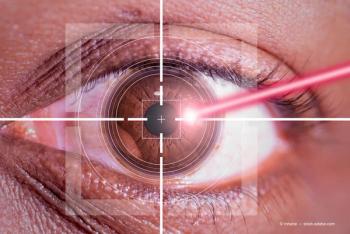
Mark Packer, MD, shares his perspective on the relationship between ICL implantation or LASIK and retinal detachment.
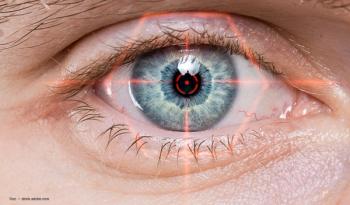
Jorge Calzada, MD, shares his use of MicroPulse laser technology to combat central serous retinopathy (CSR).
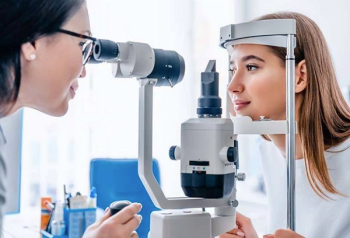
When it comes to the sexes in the operating room, the key is collaboration, with a goal of presenting patient suffering.

Goal-based retirement planning is different from longevity planning.
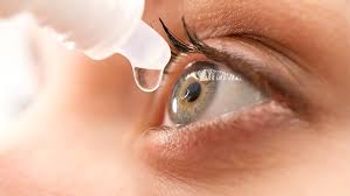
In a blog, Mackenzie Andrews, the CCO and a co-founder of Nanodropper, discusses the need to update policies on single-use and early disposal of eyedrops.

In light of newly published fee schedules that include low payment rates for LipiFlow, Cynthia Matossian, MD, FACS, ABES, advises on how eyecare professionals should advocate for their patients and practices.

Cynthia Matossian, MD, FACS, ABES, takes a look at the recent, sudden change in low-payment reimbursement by Medicare Administrative Contractors for LipFlow and MGD procedure codes.

Increased time on digital devices and erratic schedules have disrupted patients’ management of their MGD and dry eye disease.
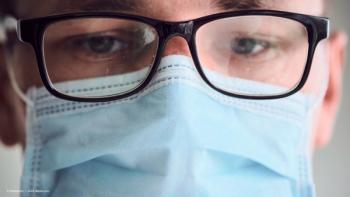
Cynthia Matossian, MD, FACS, ABES, explores the tie between mask wear and dry eye, causes behind a growing number of MGD cases, and offers mask safety tips for patient treatment.
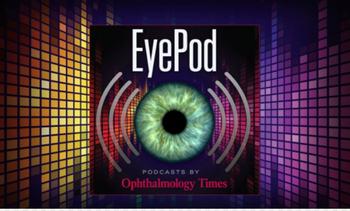
In this latest EyePod episode, John H. Merey, MD, possibly one of the last Holocaust survivors still in the practice of ophthalmology, shares his experience.

John H. Merey, MD, possibly one of the last Holocaust survivors still in the practice of ophthalmology, shares his story.

Cynthia Matossian, MD, FACS, ABES, continues her discussion on MGD treatment by explaining why it's important for patients to understand that MGD and dry eye are lifelong, chronic conditions requiring regular maintenance and monitoring.

See what ranked most popular in our top 10 stories of 2020.
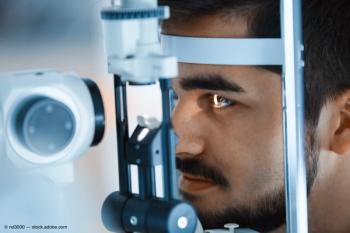
Cynthia Matossian, MD, FACS, ABES, discusses the big disconnect between signs and symptoms of ocular surface disease, including meibomian gland dysfunction, and why a clear process for educating patients and initiating treatment is essential.

Chief Medical Editor Peter McDonnell, MD, explains why the individuals that we make an impact on as physicians often never forget us.

In light of an unprecedented year filled with technological advancements and pivots, Joshua Mali, MD, offers his top 5 predictions in ophthalmology for 2021.
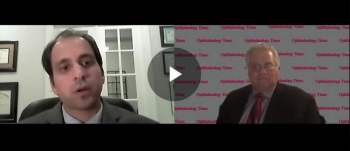
Joshua Mali, MD, speaks on his annual top 5 predictions in ophthalmology for what's to come in 2021.

A word from Chief Medical Editor Peter J. McDonnell, MD.
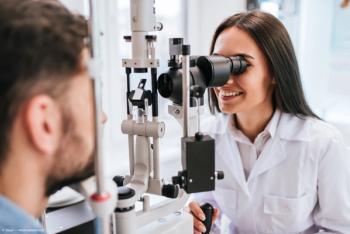
Cynthia Matossian, MD, FACS, advises on how ophthalmologists can start performing a better diagnosis of ocular surface disease in three simple steps.
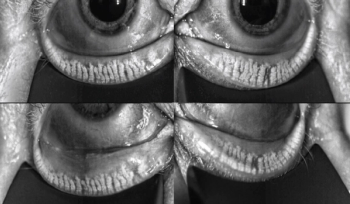
It's not always easy to convince early-stage, minimally symptomatic or symptomatic patients that their MGD should be treated. Cynthia Matossian, MD, FACS, explains why ophthalmologists shouldn't take this personally and how not to accept their denial as a final answer.
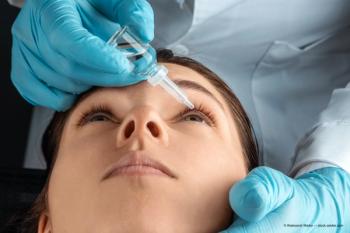
Amid a surge in dry eye cases since reopening her practice during the ongoing pandemic, Lisa Nijm, MD, JD, shares how cyclosporine, a well-established form of treatment, poses both challenges and advantages for ophthalmologists.
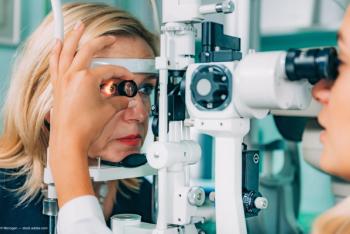
Checking own work postoperatively offers value to ophthalmologists
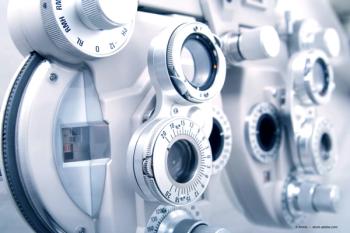
Sharing postoperative care can lead to better work-life balance

Ophthalmologists share what keeps them up at night in the ophthalmic profession amid the pandemic.

One ophthalmologist offers insight on how to help patients treat their dry eye symptoms when working from home amid the pandemic.

Accreditation programs demonstrate a strong commitment to excellence in patient safety, standardized quality, fiscal responsibility, and collaboration between patients and health care workers.

Just as evolving technology is changing patients' visual demands, eye-care providers should increase their awareness and efforts to fill current gaps.